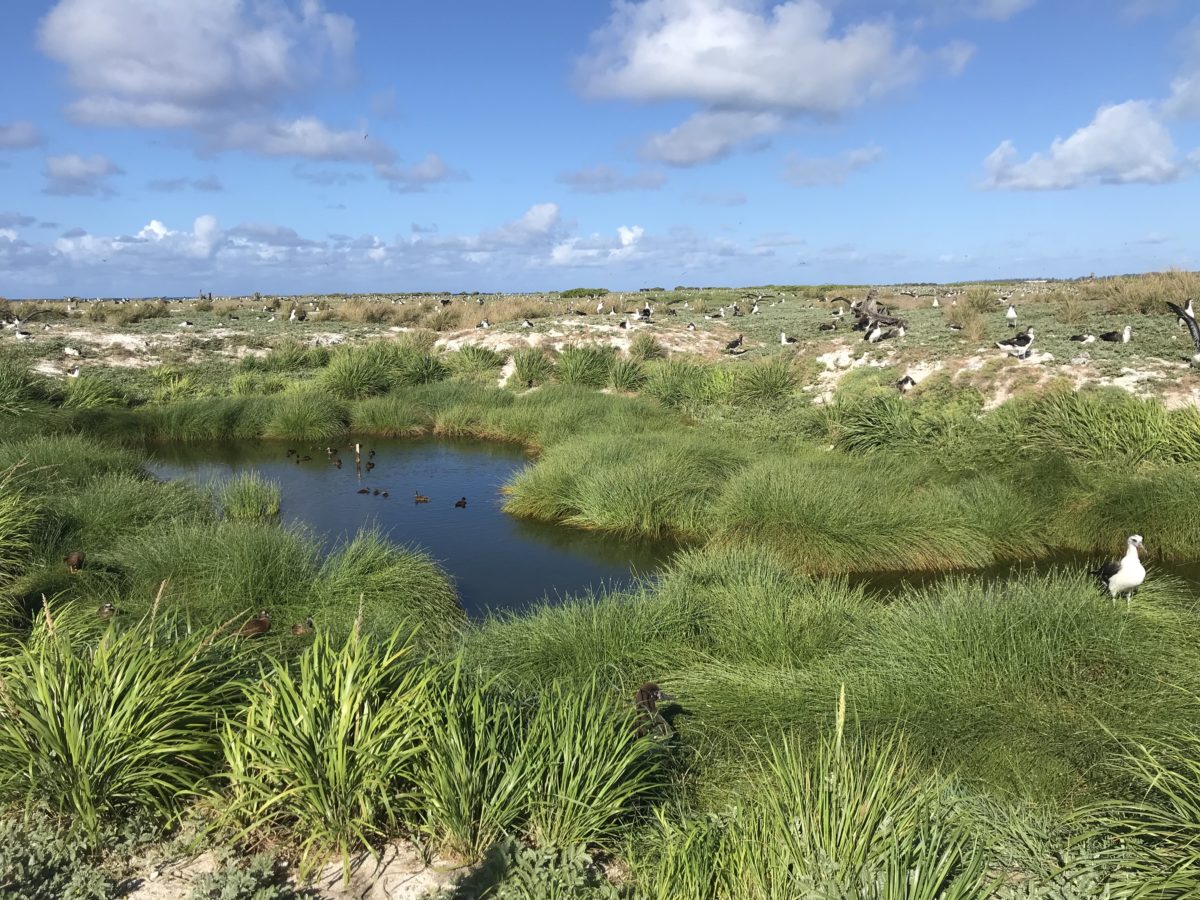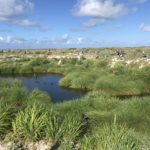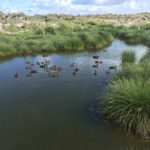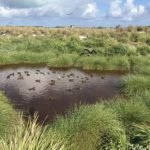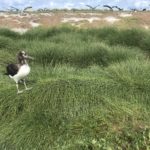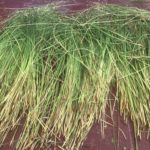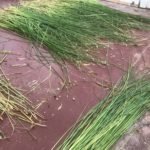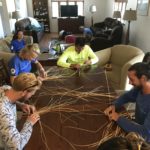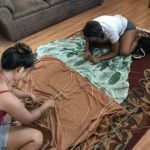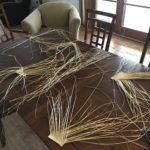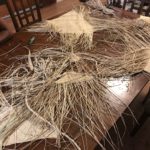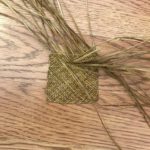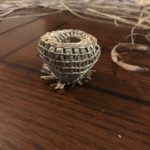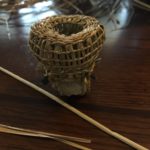I had the privilege of traveling to Pihemanu, Midway Atoll, for two weeks to provide cultural enrichment training to the staff and volunteers of the Wildlife Refuge on makaloa. It was a pleasure to give presentations and workshops on its historic and current significance, protocol training related to the harvesting of the material, processing practices, and various ulana (plaiting) techniques used to make mats. I also was able to share with the staff, techniques on how to process and twist hau (hibiscus) fiber, make different style of lei, and net-making.
Makaloa (Cyperus laevigatus) is a native sedge that was traditional used in Hawaiʻi to make moena makaloa, finely plaited mats treasured in Hawaiʻi. These treasured mats were a specialty of one particular island, Niʻihau. As families intermarried, this practice established new centers elsewhere. Before this practice went dormant back in the late 1800s, it presence was found on Niʻihau, Kauaʻi, and on the northern tip of Oʻahu in Mokulēʻia.
The plant was brought to Pihemanu from Laysan Island to create habitat for a transplanted colony of Laysan ducks that were brought to the island more than a decade ago. Since then, the colony has prospered and so has the makaloa. Makaloa has done so well, that it is nearly overtaking several of the seeps created for the ducks. Because of this, discussions on how to use this resource responsibly and with cultural awareness afforded me the opportunity to share my experience with makaloa to an eager community wanting to learn.
While on Pihemanu, it was amazing to see such enthusiasm and eagerness to learn about makaloa and its cultural significance in this small island community. It one point, I believe there were well over a dozen people weaving with makaloa in one place, the most I have ever witnessed gathered anywhere in the entire archipelago of Hawaiʻi. This experience was truly an honor and privilege, and I hope one day to return to see the fruits of this journey. E ola Pihemanu Kuaihelani!

